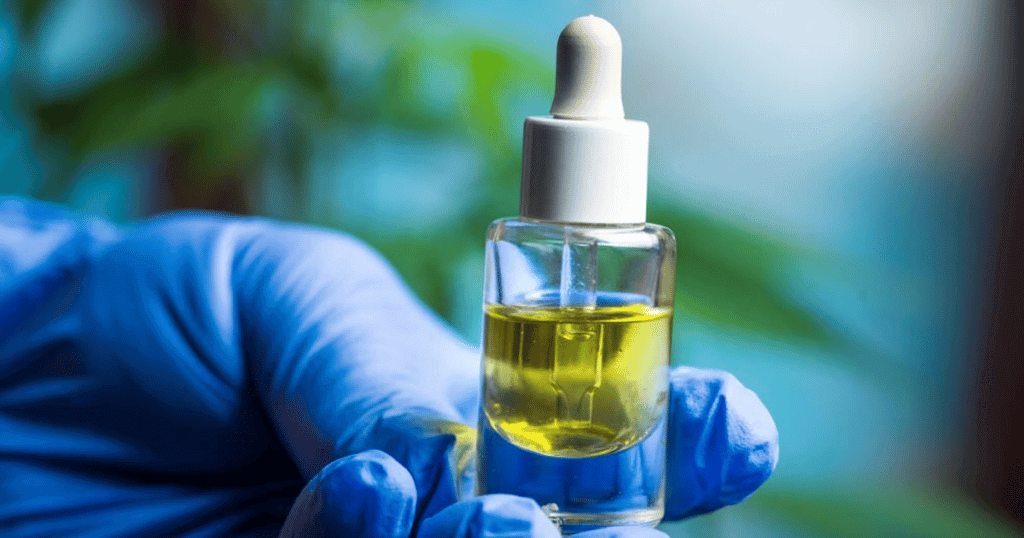THC, known as the cannabinoid that gets you high, may actually have more medicinal benefits than originally thought, according to a recent study. According to the New Scientist, products with high tetrahydrocannabinol (THC) to cannabidiol (CBD) ratios appear to provide the most effective pain relief.
Could THC Be The Miracle Pain Reliever CBD Was Thought To Be?
Medical marijuana has been praised as a successful alternative to opioids and is most frequently used to treat pain in the United States. According to the Centers for Disease Control and Prevention, more than 20% of adults in the U.S. suffer from chronic pain.
Cannabis is now more widely available than ever, but despite this, research into its potential medical uses is still in its infancy. This is mostly because the federal government has classified cannabis as a Schedule I substance, meaning it has no accepted medical use. THC has been the black sheep of Cannabis sativa in US law for decades now: in fact, THC has been selectively bred out of certain Cannabis sativa plants in order to fit the legal definition of “hemp.” If the plant contains more than 0.3% THC, it cannot be considered hemp and is therefore subject to heavier regulations and restrictions by the government.
Typically, CBD, the compound produced by hemp plants, is seen as a medical miracle, while THC is discarded as purely psychoactive and only good for getting high. Recently, though, a study conducted in Oregon attempted to free THC from the shackles of the DEA with a groundbreaking scientific study.

The Study Shaking The Tables
Marian McDonagh, Pharm.D., emeritus professor of medical informatics and clinical epidemiology at the Oregon Health & Science University, said that the goal of the study is to ascertain whether cannabis can treat chronic pain and how the THC to CBD ratio affects efficacy. McDonagh and her team read extensively from prior research. “We wanted to know, would cannabis for treating chronic pain have any kind of similar benefits [to opioids]? And of course, we really wanted to look deep into the adverse side effects side, particularly the more serious ones,” McDonagh said.
After searching through more than 3,000 studies, they finally came up with 25, which satisfied their strict requirements. These included studies that had lasted at least four weeks and included participants who had experienced various types of pain, including back pain, chronic headaches, and diabetic neuropathy. In 18 of the 25 research studies, cannabis products were compared to placebos.
In the end, more than 14,000 participants’ data were incorporated in the analysis they selected, and the study intends to be updated on an ongoing basis, ensuring the most accurate, up-to-date data.
While some cannabis products can help with mild to moderate pain relief, those with high THC to CBD ratios were the most likely to do so.
Participants who used products with at least 98 percent THC claimed that their pain symptoms had decreased by about 30 percent, whereas there was no appreciable improvement in the pain symptoms of those who used products with higher CBD and lower THC content. The largest advantages were felt by patients with neuropathic pain.
The potential of cannabis and related compounds to imitate the body’s natural endocannabinoid system underlies its effects.
“There is so much noise out there about CBD really being able to treat pain,” McDonagh said. “This might help down the road to clarify whether that’s true or not. Right now, there’s just not enough evidence.”

What This Means For Hemp Enthusiasts And Lawmakers
This study is shaking the tables for those who seem to believe that hemp and CBD are the only valuable parts of the cannabis plant. While people across the country deserve natural, accessible, and effective pain relief, creating medicine out of THC would require it to be declassified as a Schedule 1 drug by the DEA. They seemed to avoid that by incorporating new literature about CBD and hemp into legal code, but the tables are turning.
A lot of anti-THC law just comes from the fact that the people in power do not want to see something psychoactive as potentially beneficial – they think a high automatically denigrates the positive impact of cannabis, and science is dead set on proving them wrong.

Enjoyed that first hit? Come chill with us every week at the Friday Sesh for a freshly packed bowl of the week’s best cannabis news!















